Advanced Neurology, Personalized Care
TRIGEMINAL NEURALGIA
Trigeminal Neuralgia Diagnosis & Treatment at Mir Neurology
What is Trigeminal Neuralgia?
Trigeminal neuralgia (TN), also known as tic douloureux, is a chronic pain condition that affects the trigeminal nerve, which is responsible for sensation in the face. This condition causes severe, sudden, stabbing, or electric shock-like pain in the face, often triggered by activities as simple as speaking, chewing, or brushing your teeth.
Trigeminal neuralgia is considered one of the most painful conditions known to medicine. At Mir Neurology, we specialize in diagnosing and managing trigeminal neuralgia to help patients find relief from this debilitating condition.
Symptoms of Trigeminal Neuralgia
The hallmark of trigeminal neuralgia is sudden, severe facial pain, which may last anywhere from a few seconds to a couple of minutes. Symptoms typically occur in episodes, and the pain is often described as
Sharp, shooting, or stabbing pain: This pain typically occurs on one side of the face and can be triggered by activities like speaking, eating, or brushing your teeth.
Pain that radiates along the jaw, cheek, teeth, gums, or forehead: Depending on which branch of the trigeminal nerve is affected.
Tingling or aching sensations: Between pain episodes, some individuals experience mild discomfort or an ongoing aching sensation.
Pain triggered by touch: The pain may be triggered by simple stimuli such as touching the face, wind blowing, or smiling.
Trigeminal neuralgia usually affects one side of the face, but in rare cases, it can affect both sides.
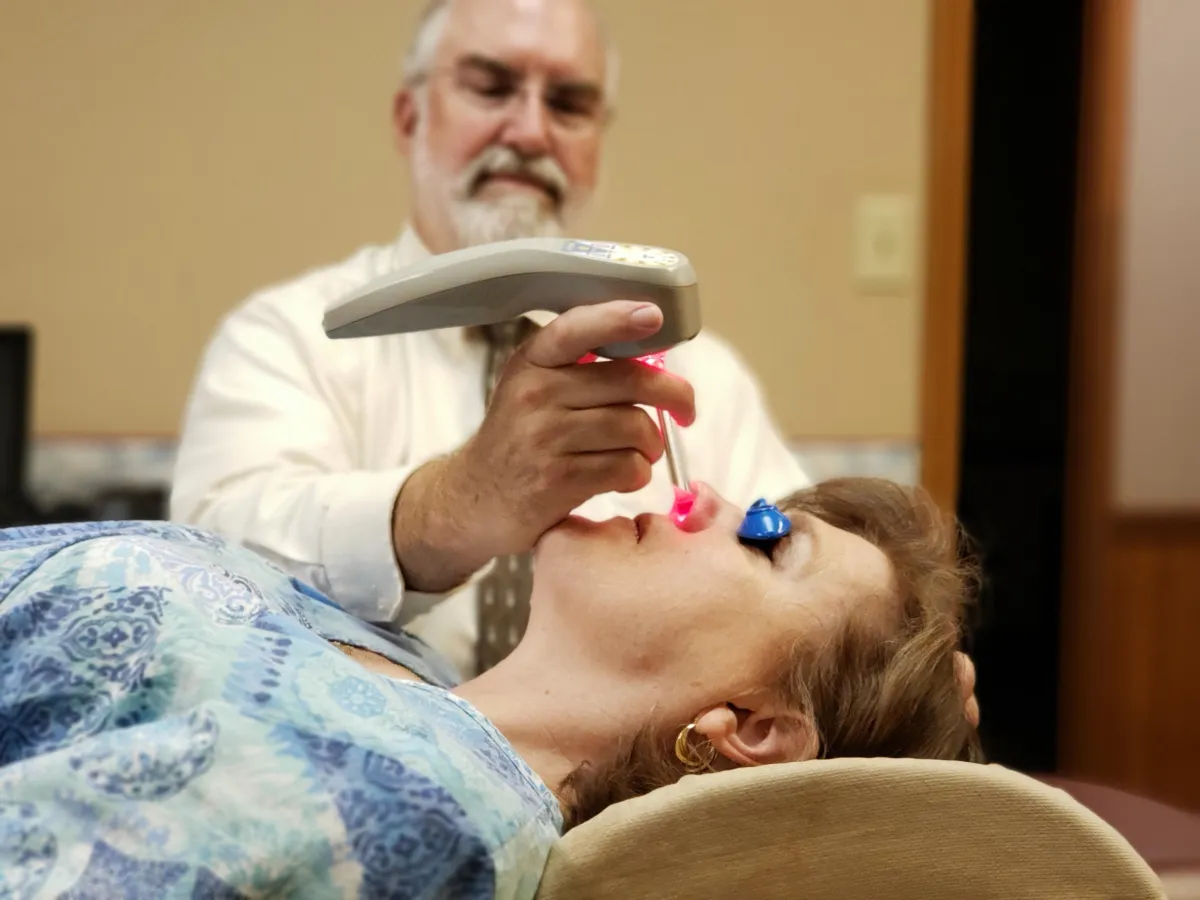
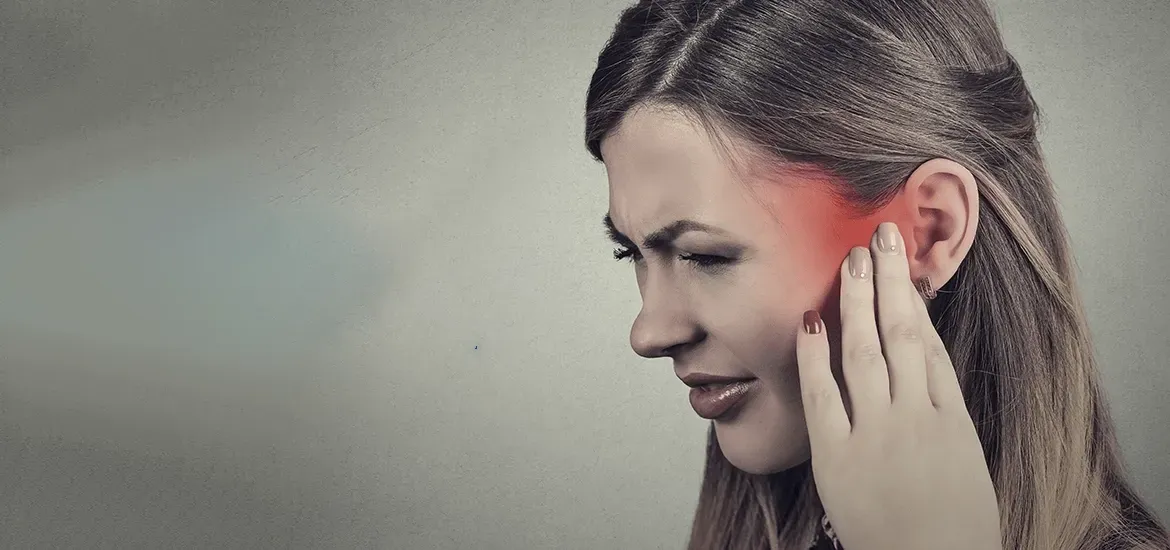

Types of Trigeminal Neuralgia
There are two primary types of trigeminal neuralgia
Type 1 (Classic Trigeminal Neuralgia): This form is characterized by severe, shock-like pain that comes and goes, typically triggered by touch or movement.
Type 2 (Atypical Trigeminal Neuralgia): This type involves a dull, constant ache or burning sensation that may be less intense but more persistent than type 1.
Causes of Trigeminal Neuralgia
The most common cause of trigeminal neuralgia is vascular compression, where an artery or vein presses on the trigeminal nerve, leading to abnormal nerve signaling. Other potential causes include:
1. Vascular Compression-A blood vessel pressing against the trigeminal nerve can cause the nerve to malfunction, leading to the sudden pain characteristic of trigeminal neuralgia.
Multiple Sclerosis (MS)-Evaluating memory, problem-solving, and reasoning skills.
Brain Imaging – In individuals with MS, the protective covering of the trigeminal nerve (myelin) can become damaged, leading to nerve dysfunction and the development of trigeminal neuralgia.
Nerve Injury-Trauma or injury to the face or head can damage the trigeminal nerve, potentially leading to the development of trigeminal neuralgia.
Aging -Trigeminal neuralgia is more common in older adults due to the natural aging process, which may lead to blood vessel changes or nerve degeneration.
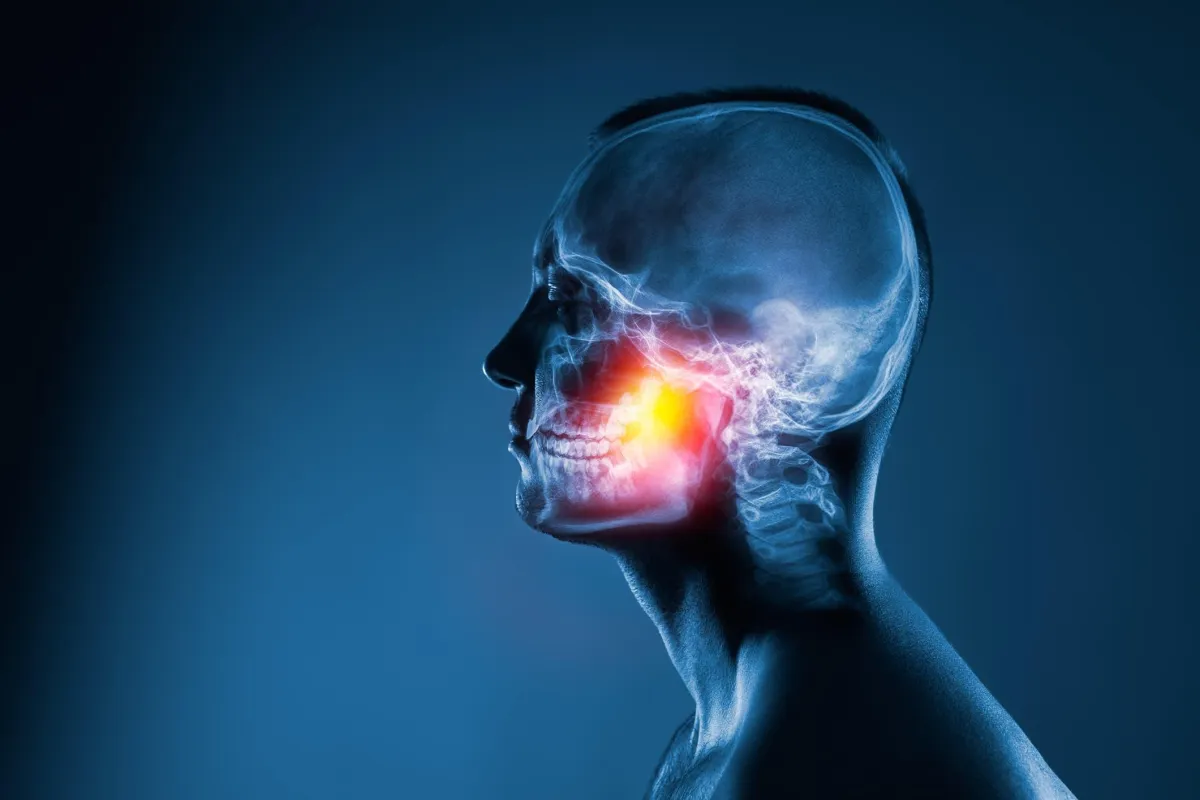
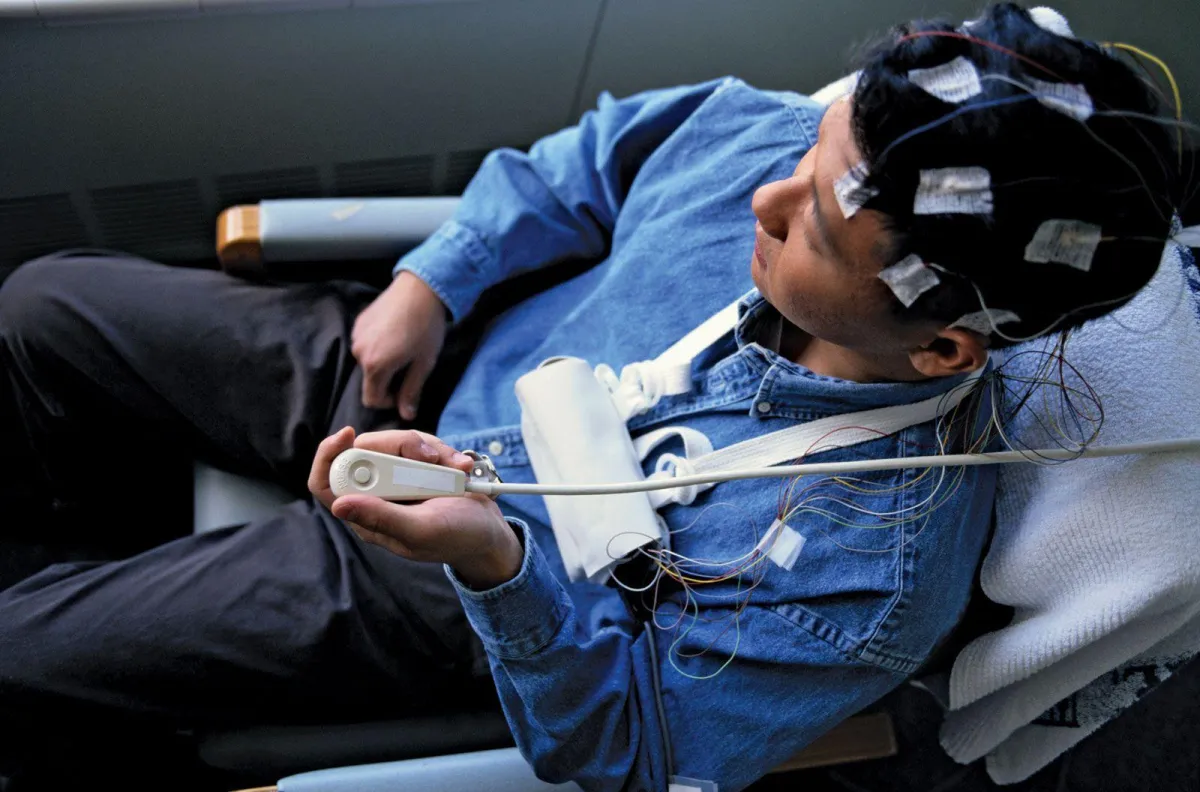
Diagnosis of Trigeminal Neuralgia
At Mir Neurology, we take a thorough approach to diagnose trigeminal neuralgia. The diagnosis is typically based on:
1. Medical History and Symptom Review
Your doctor will conduct an in-depth review of your medical history and symptoms, including the nature, location, and triggers of your facial pain.
2. Physical and Neurological Exam
A neu rological exam will assess your facial sensation, strength, and coordination to rule out other potential causes of your pain.
3. Magnetic Resonance Imaging (MRI)
An MRI is often recommended to rule out other causes of facial pain, such as tumors or multiple sclerosis. It can also detect vascular compression affecting the trigeminal nerve.
4. Electrodiagnostic Testing
In certain cases, electrodiagnostic tests such as nerve conduction studies or electromyography (EMG) may be used to assess the health of the trigeminal nerve.
Treatment for Trigeminal Neuralgia
Treatment for trigeminal neuralgia is focused on managing pain and addressing the underlying cause. Mir Neurology offers a range of treatment options, including both medical management and surgical interventions, tailored to your specific needs.
1. Medications
The most common treatment for trigeminal neuralgia is the use of anticonvulsant medications, such as carbamazepine, which help to regulate nerve signaling and reduce pain. Other medications, such as baclofen or gabapentin, may also be prescribed to manage symptoms.
2. Botulinum Toxin Injections
Botox injections are sometimes used as an alternative or complementary treatment for trigeminal neuralgia. Botox helps to reduce nerve activity and muscle spasms, potentially reducing the frequency and severity of pain.
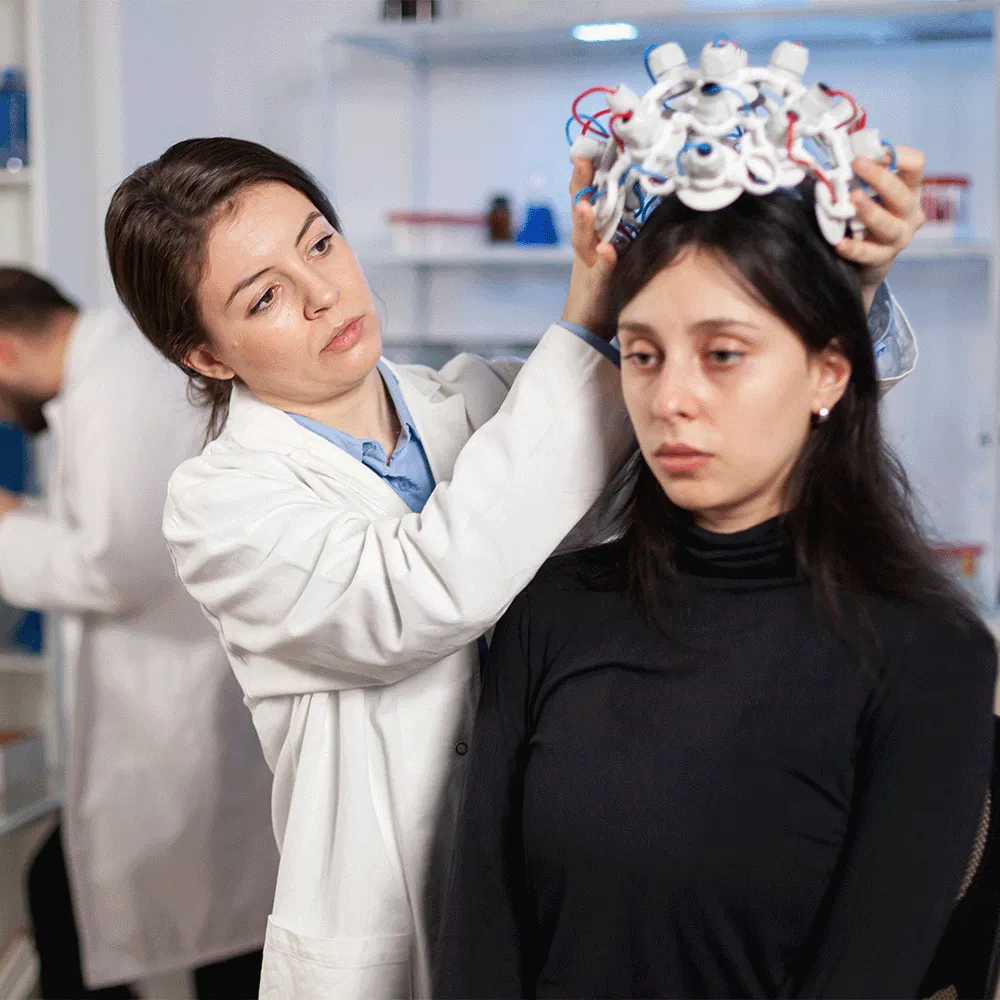
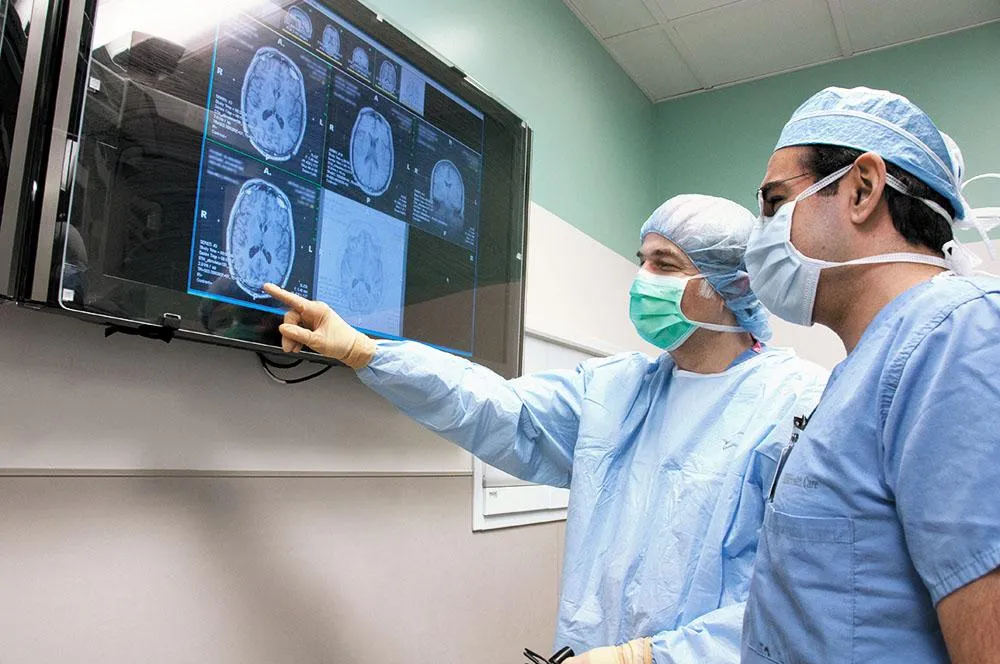
3. Surgery
If medications are not effective or cause significant side effects, surgical options may be considered:
Microvascular Decompression (MVD): This procedure involves surgically removing or repositioning blood vessels that are pressing on the trigeminal nerve.
Stereotactic Radiosurgery: A non-invasive procedure that uses focused radiation to treat the trigeminal nerve, reducing pain by damaging the nerve.
Rhizotomy: A procedure where a small portion of the trigeminal nerve is cut or damaged to interrupt pain signals.
4. Alternative Therapies
Some patients may benefit from acupuncture, biofeedback, or physical therapy to help manage pain and improve facial muscle control.
Living with Trigeminal Neuralgia
Trigeminal neuralgia can be a life-altering condition, but with proper treatment, many patients find relief from their pain and can regain normal daily function. At Mir Neurology, we work closely with our patients to create individualized treatment plans that reduce pain, improve quality of life, and help them manage triggers effectively.

Get Expert Help

If you or a loved one is experiencing memory loss or cognitive decline, early diagnosis is key to effective management. Consult with our neurology specialists for personalized assessment and care plans.
Our Locations
To learn more about our experience or discuss your treatment options, please call us at (301) 797-7600 or schedule a consultation today!
Get our wellness newsletter
Filter out the noise and nurture your inbox with health and wellness advice that’s inclusive and rooted in medical expertise.
Useful Links
Contact Us
Complaint and Queries
(301) 517-7636
About | Careers
© Copyright 2025. Mir Neurology. All Rights Reserved.
A Part of Highland Healthy Living. Powered By CareSyncMarketing



